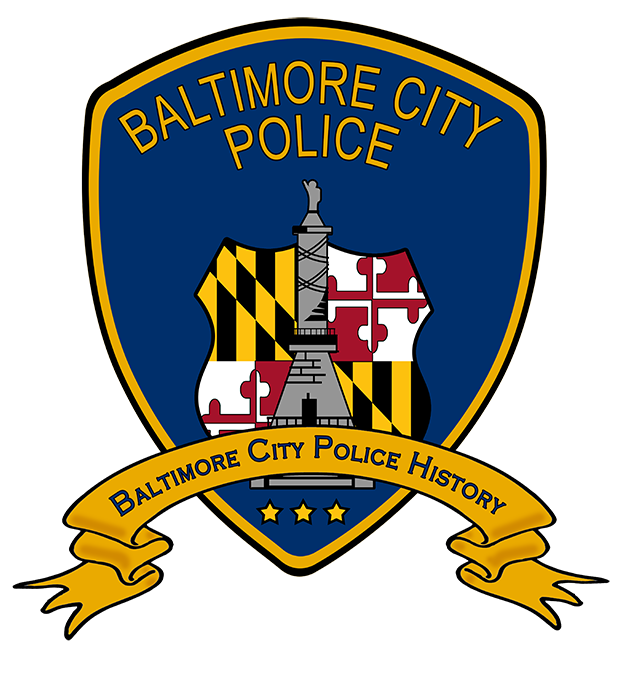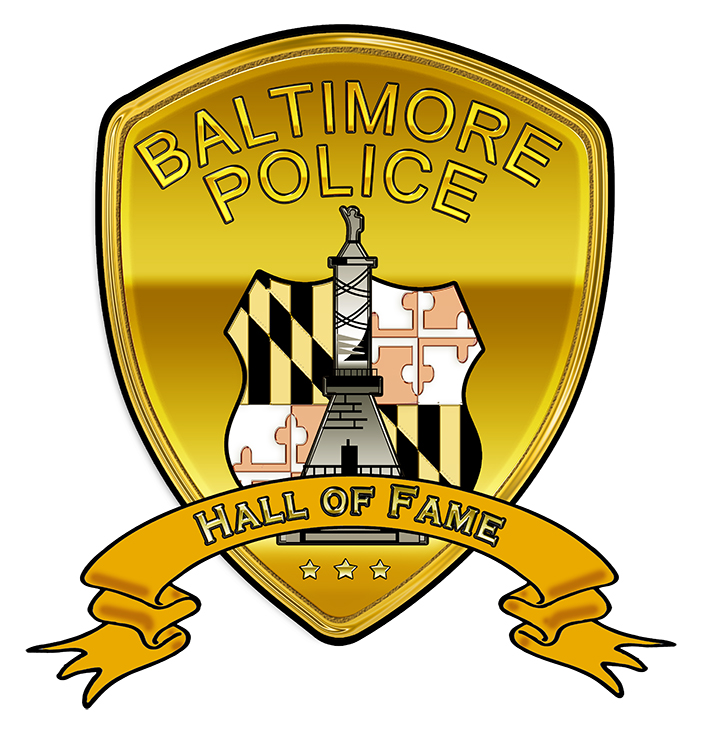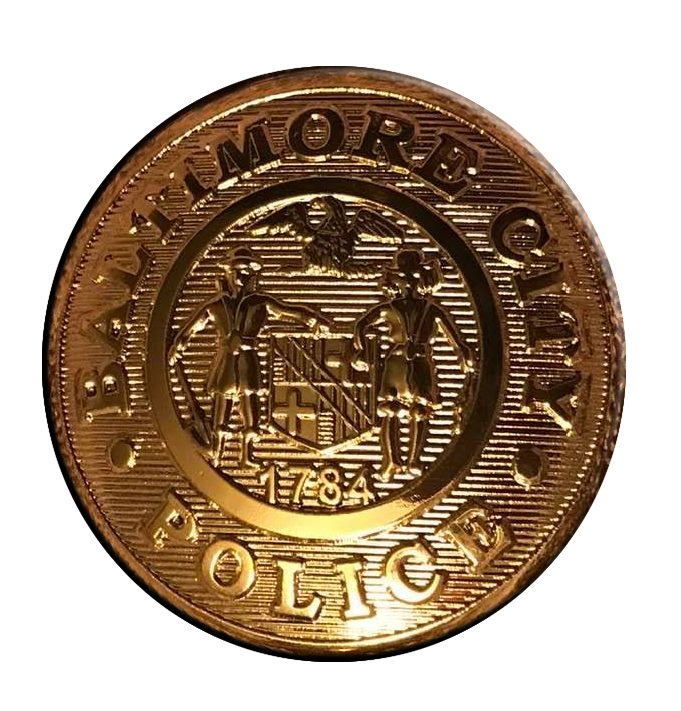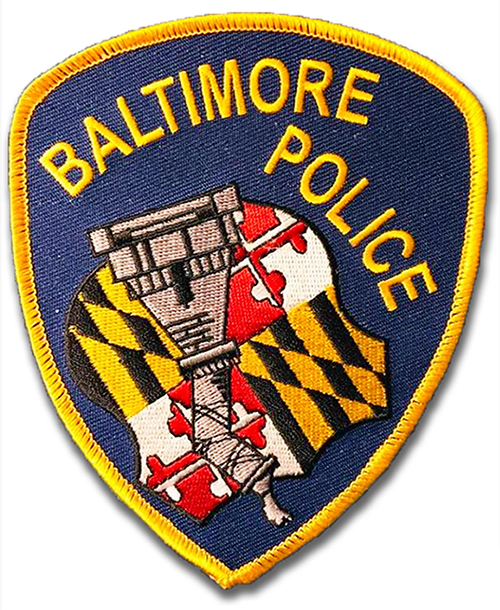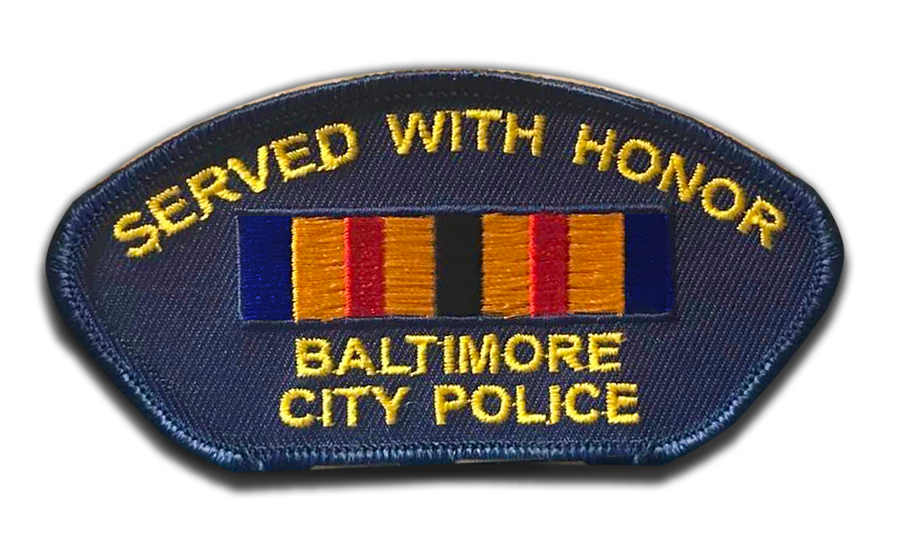Baltimore Police Hall of Fame
These officers are legends with names that everyone should be familiar with; they either put forward something that resulted in long-lasting improvements or stood out for a specific act or actions during their careers with the Baltimore Police Department. Members of our department nominated all of them. If you have someone to nominate, send us their name, years of active service, assignment(s), and why you believe they should be added to this list.

